There can be your advertisement
300x150
How to Maintain Order in the House: 10 Effective Tips
1. Get Rid of the Extra
If you have decided to finally organize your living space, the first and most important thing to do is to divide all your things into two categories: decide what you want to keep and what to throw away, give away to charity or children's homes. Then go back to the first category of items: do you really not want to part with them? Remember when you last used them — this will help form a final opinion on whether they are really necessary to you. It's best to start with the room where you spend most of your time — usually, that is where the largest number of unnecessary items is stored.

2. Group Items by Function
The second step is sorting items by their purpose: kitchenware, cleaning supplies, etc. If some item does not fit into any functional category, consider whether it should go to the sacrificial category or even to the trash. The next step in sorting is distributing items by room. This way, they will always be within reach and exactly where needed. Items that you use rarely (e.g., holiday dishes) can, of course, be stored in the farthest corners.
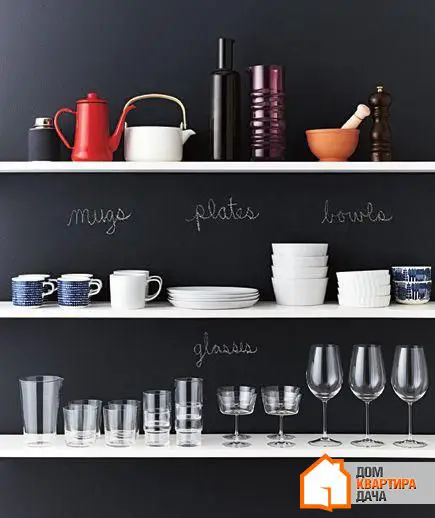
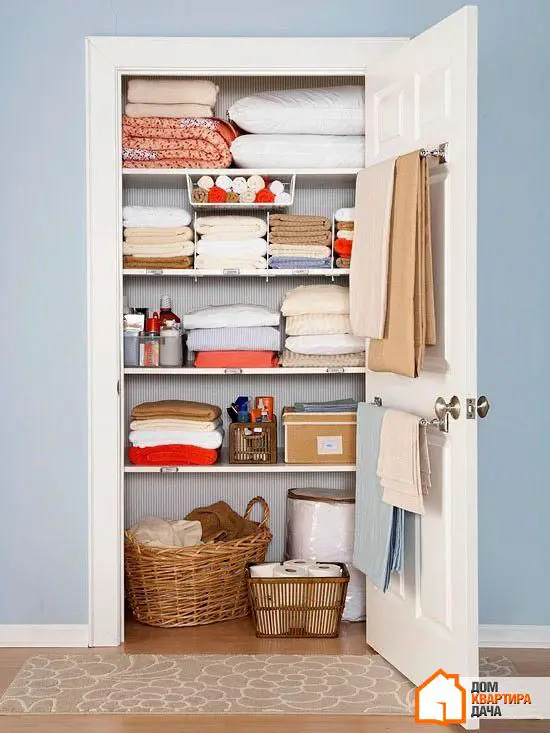
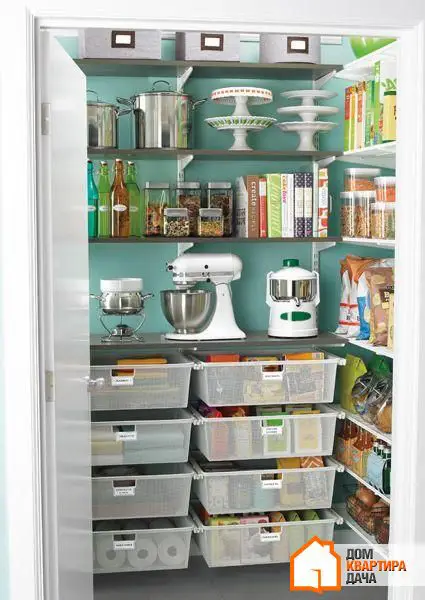
3. Use Labels
Items without a designated place give your home a cluttered and untidy look. But the storage space for these items should also be chosen wisely — so that they take up as little space as possible and do not get lost. Labels and stickers will help you: they come in handy everywhere, on jars, shelves, etc.

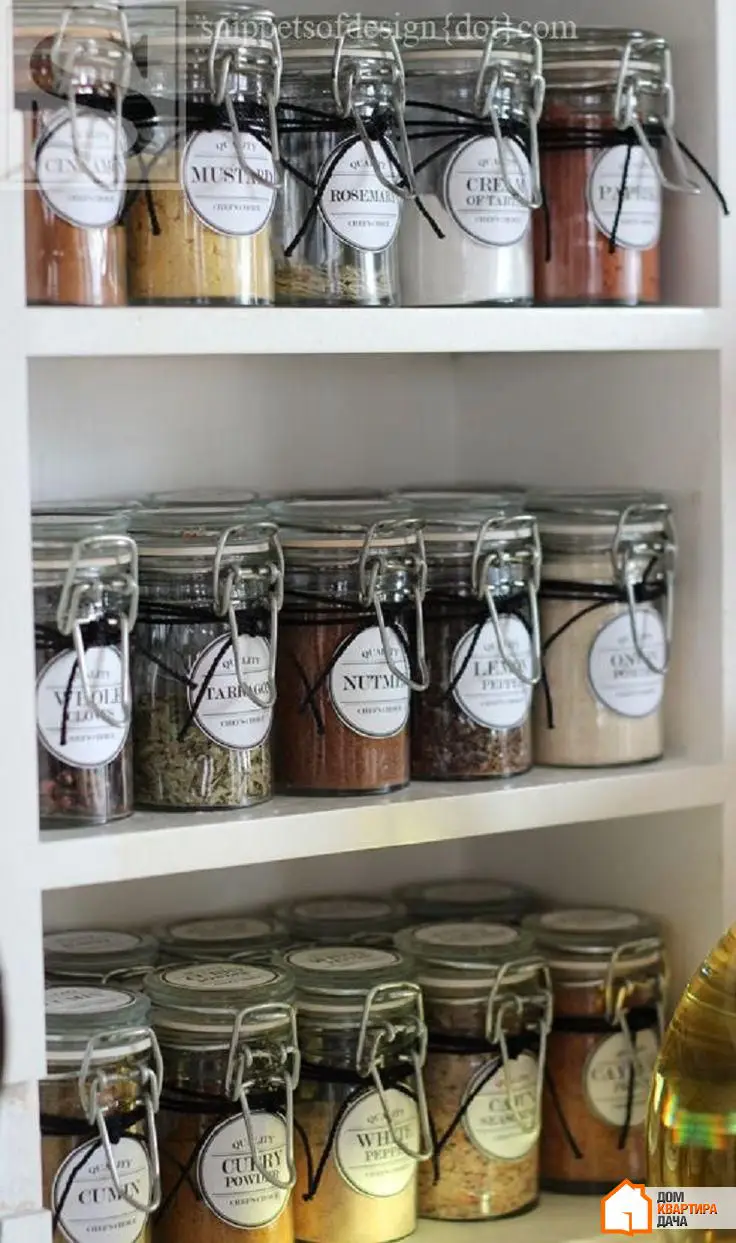
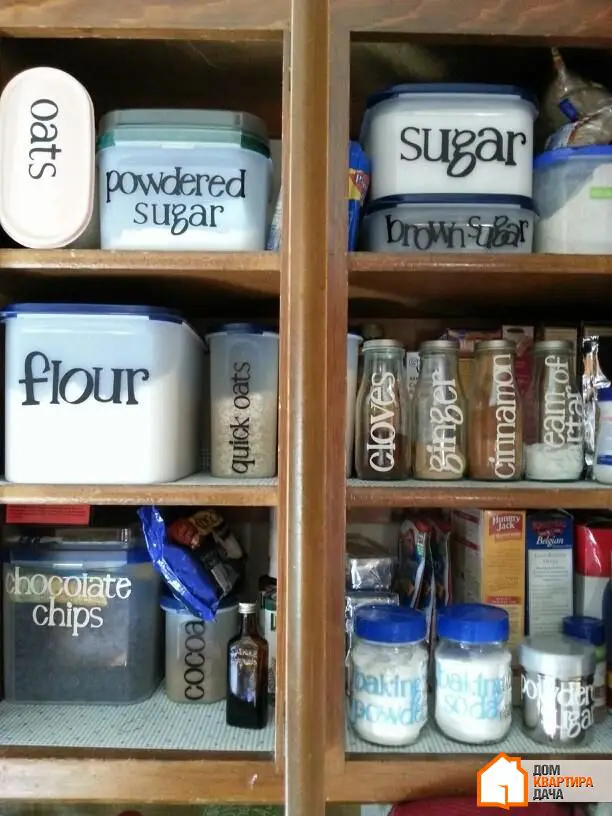
4. Use All Available Storage Options
There are many storage options — you just need to use your imagination: filing cabinets, hanging folders, shoe pockets on doors (they can also be used for small items). Clothes can be stored by color in separate baskets, and jewelry and accessories can be hung on clothing hangers. Take advantage of unused space: between furniture, under the bed, or above dressers — perfect spots for storage items like utensils, boxes, and shelves.

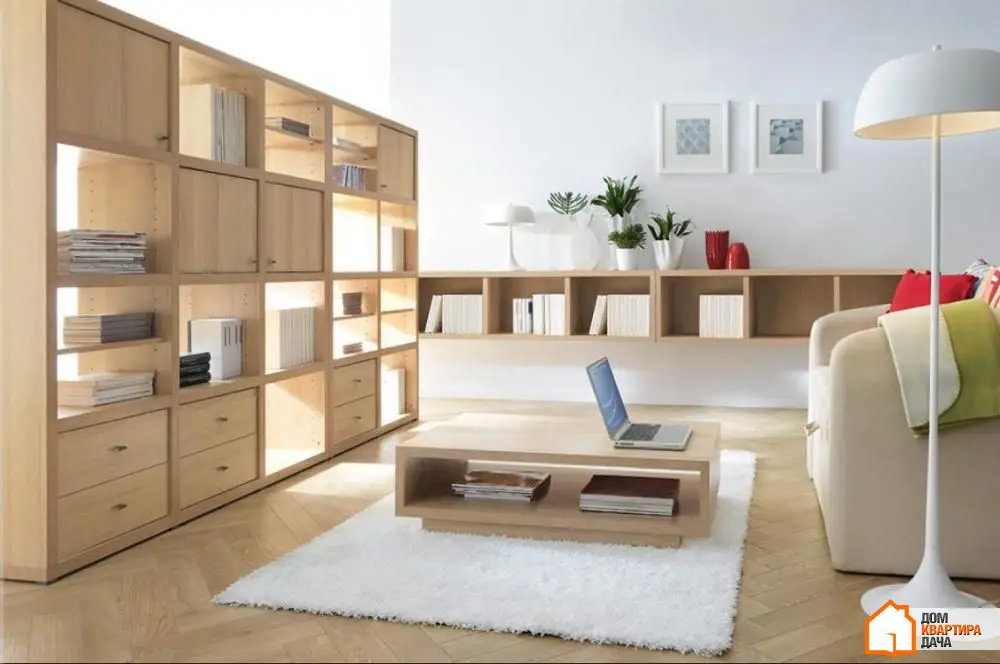
5. Get Rid of Everything Extra
Can't organize open shelves filled with items? Hang a pretty curtain on a spring rail — it works perfectly as a door replacement. Good choices include cabinets and tables with opaque drawers: they make the room look neater.

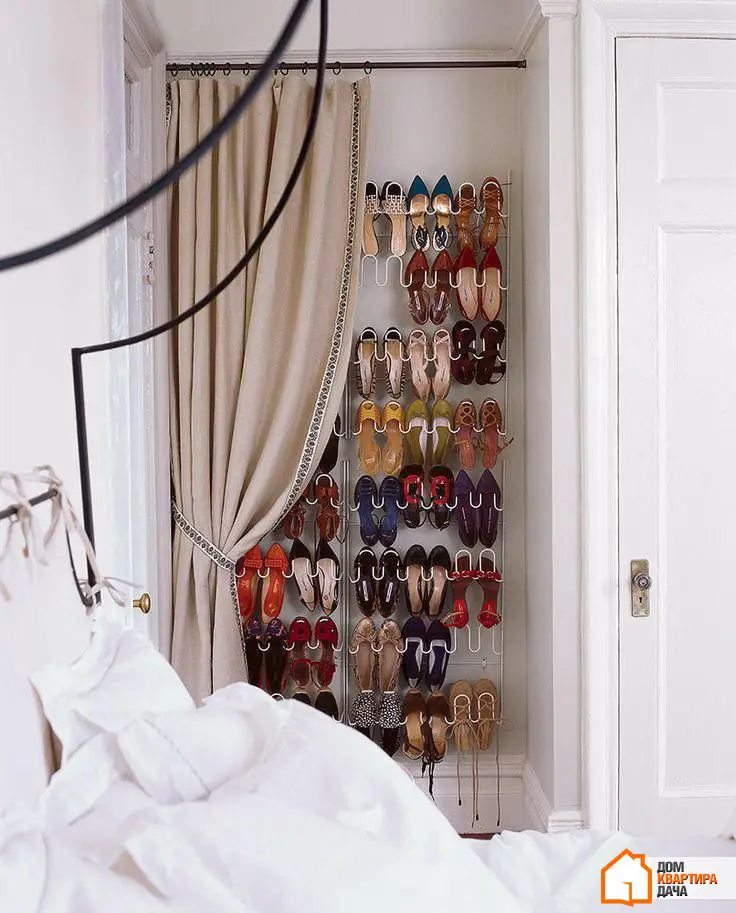
6. Plan Interior Details Carefully
It is very important to plan the interior of each room correctly — especially the convenient and logical placement of wardrobes and shelves. Only then will returning items to their places stop being an annoying duty and become a pleasant necessity. Various shelves, wardrobes, containers, and organizers will make your home not only more comfortable but also stylish. Do not overfill the drawers of wardrobes and dressers: try to keep everything sorted inside.

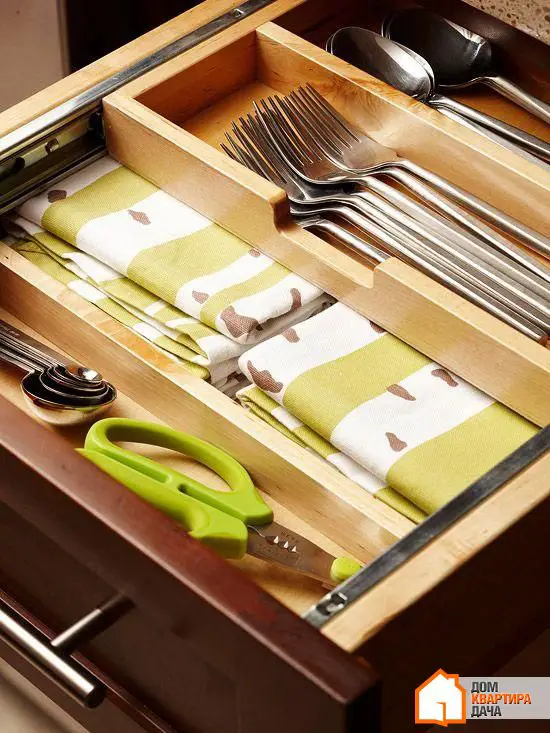
7. Color-Code Items
Assign each family member a color and stick to that color coding: for example, red-labeled dishes, towels, slippers, and labels belong to one person. This is convenient and helps everyone take responsibility for their belongings.
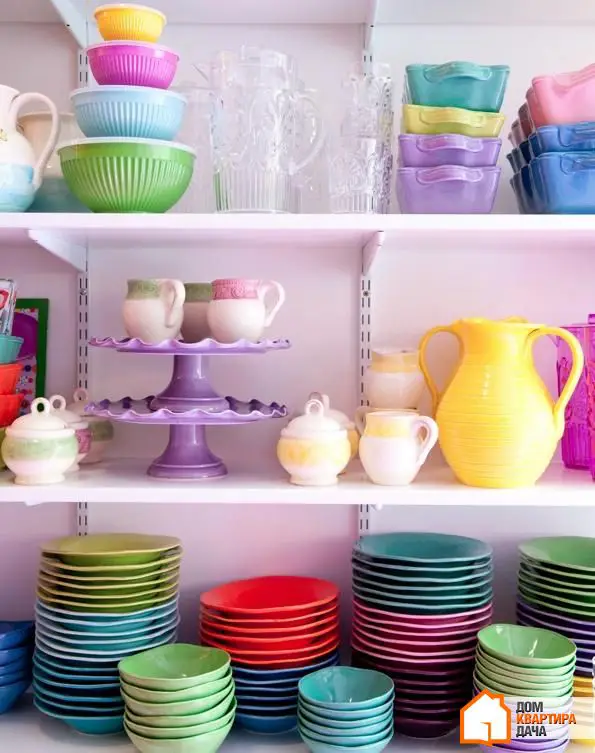
8. Maintain Your Success
Always put items back in their place right after using them. Self-deception that you will do it later never works. This applies to cleaning too: wiping up fresh stains on the go or washing dishes immediately after eating is more logical and easier than postponing it or hoping someone else in the family will take care of it.

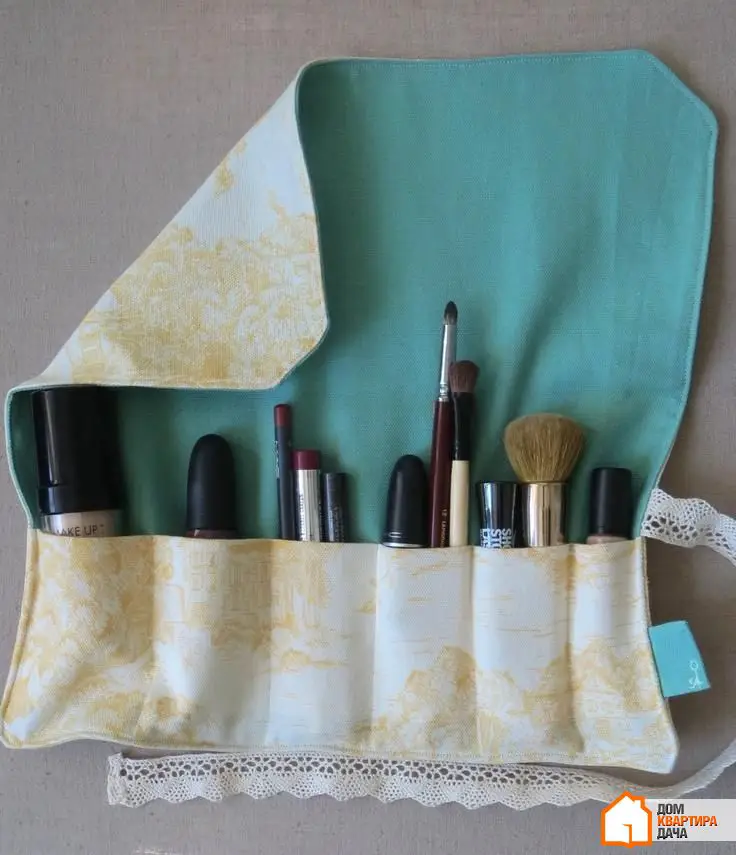
9. Analyze Your Purchases
After organizing your apartment and getting rid of the extra, you need to maintain that order. Develop useful habits by analyzing your purchases so that you don’t clutter the house again.

10. Return Borrowed Items
Items you borrow or rent should be stored in one place. Preferably in a spot where they are easy to reach: for example, set aside a special shelf or drawer in the living room for books borrowed from friends. This way, they are always visible, and you won’t forget to return them.
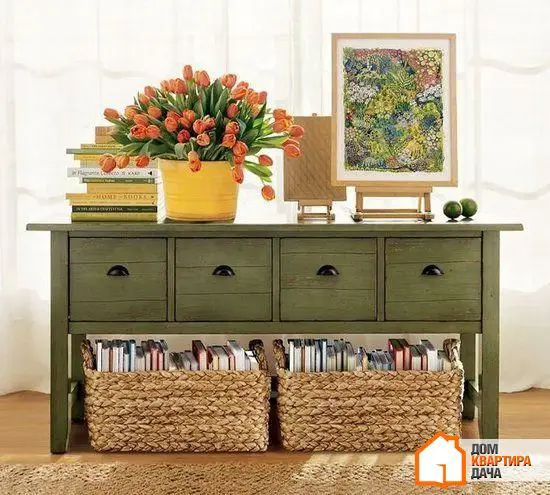
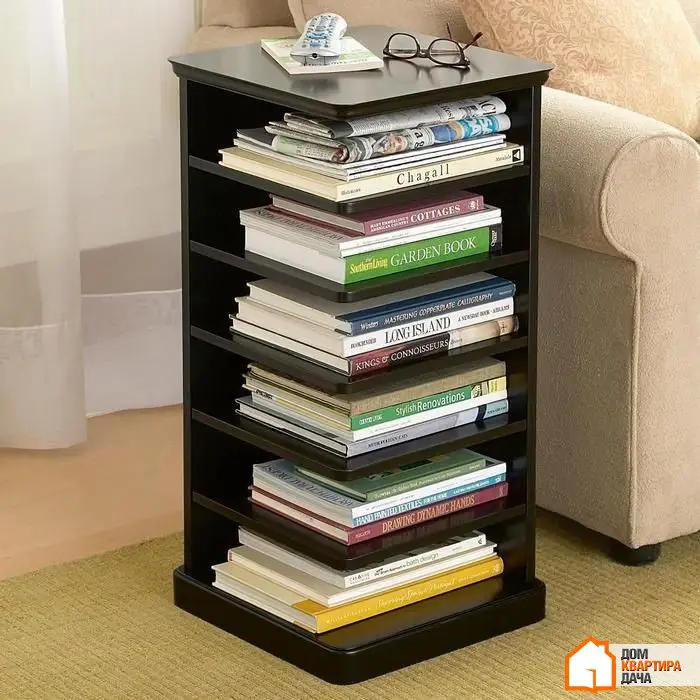
More articles:
 Marine Style in Interior Design: 3 Tips and 25 Examples
Marine Style in Interior Design: 3 Tips and 25 Examples Painting Rooms and Spaces: 10 Golden Rules
Painting Rooms and Spaces: 10 Golden Rules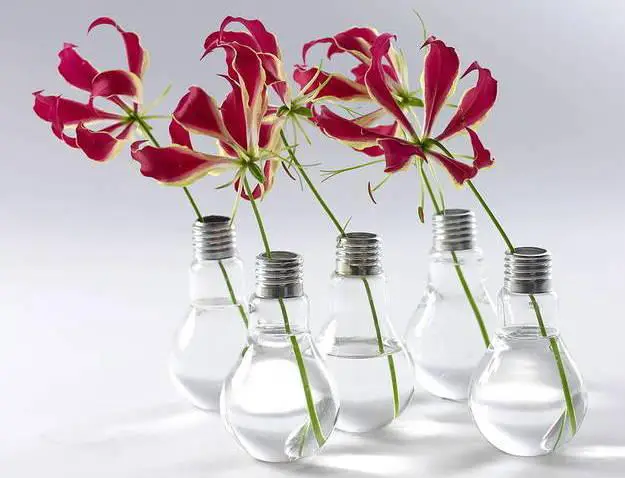 Useful Items: 6 Ideas to Decorate Your Interior with Things You Planned to Throw Away
Useful Items: 6 Ideas to Decorate Your Interior with Things You Planned to Throw Away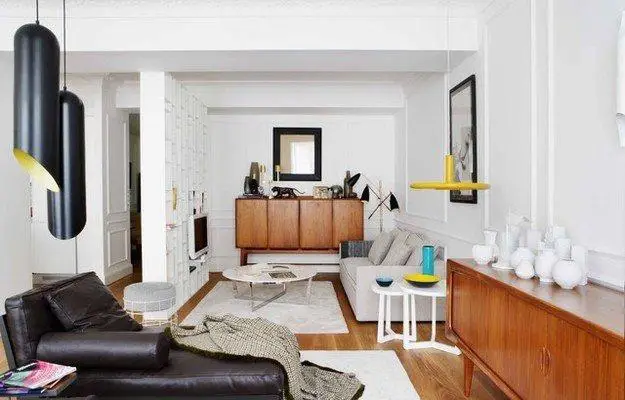 How to Decorate a Hallway in a Studio Apartment: 8 Ways
How to Decorate a Hallway in a Studio Apartment: 8 Ways How to Decorate an Interior for a Couple: 5 Tips, 30 Examples
How to Decorate an Interior for a Couple: 5 Tips, 30 Examples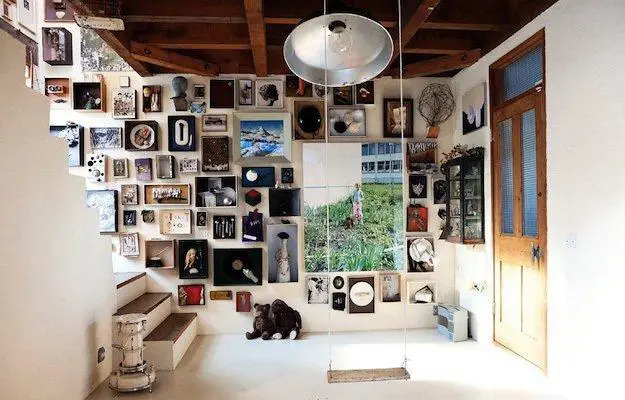 Where to Store Souvenirs: 7 Best Tips
Where to Store Souvenirs: 7 Best Tips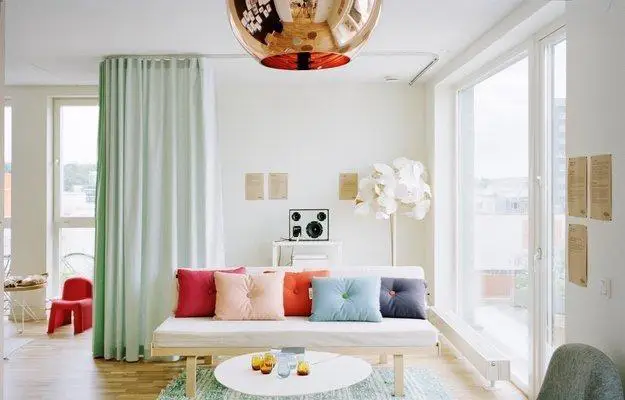 Living Room Decor: 10 Common Mistakes
Living Room Decor: 10 Common Mistakes "I Want This!": Help Your Child Choose the Right Color for Their Bedroom
"I Want This!": Help Your Child Choose the Right Color for Their Bedroom